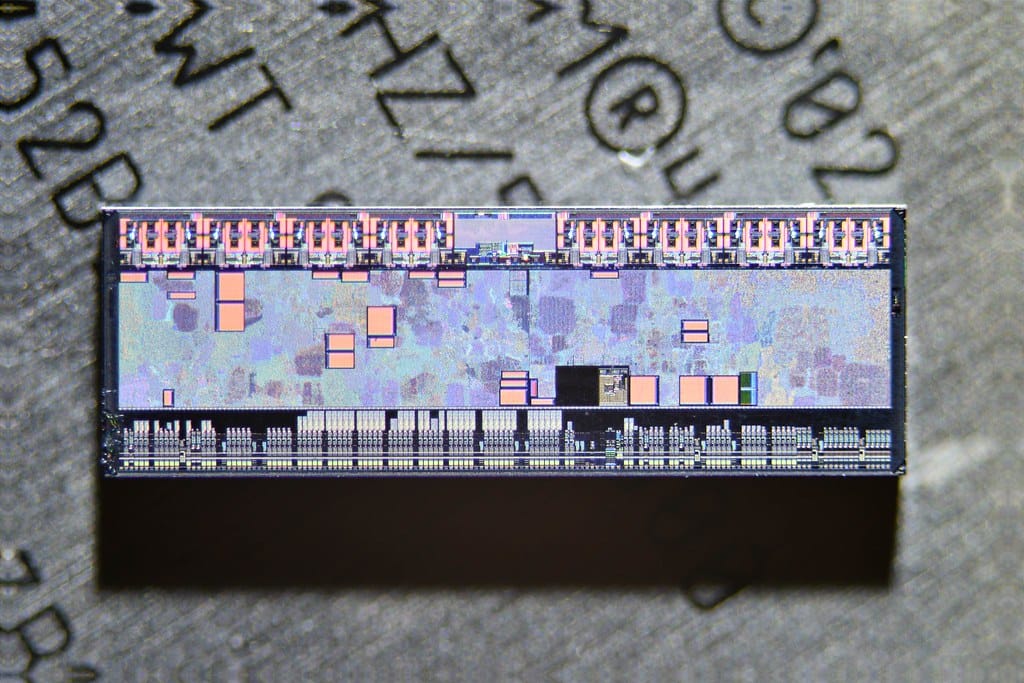PCIe 8.0 Doubles Down on Speed: New 256 GT/s Standard Targets AI Revolution
The PCI Express ecosystem just received a massive upgrade that could reshape the future of artificial intelligence computing. The PCI-SIG organization has officially announced PCIe 8.0, delivering a staggering 256 GT/s of raw bandwidth – double the performance of its predecessor and a clear signal that the industry is preparing for the next wave of AI workload demands.
Breaking the Speed Barrier
PCIe 8.0 represents more than just an incremental upgrade; it's a fundamental leap forward in data transfer technology. With 256 gigatransfers per second (GT/s), the new standard effectively doubles the 128 GT/s capability of PCIe 7.0, translating to approximately 128 GB/s of bandwidth in each direction for a 16-lane connection.
To put this in perspective, PCIe 8.0 offers 16 times the bandwidth of PCIe 4.0, which is currently standard in most consumer systems. This exponential growth in data throughput directly addresses one of the most significant bottlenecks in modern AI computing: moving massive datasets between processors, memory, and accelerators.
AI Workloads Drive Innovation
The timing of PCIe 8.0's announcement isn't coincidental. As artificial intelligence applications become increasingly sophisticated, they're demanding unprecedented amounts of data movement. Large language models like GPT-4 and emerging multimodal AI systems require constant shuttling of parameters, training data, and inference results between various computing components.
Current AI training runs often involve models with hundreds of billions of parameters, creating data transfer requirements that can easily saturate existing PCIe connections. Training sessions that previously took weeks could potentially be compressed into days with the improved bandwidth, dramatically reducing costs and accelerating AI development cycles.
Technical Advances Under the Hood
PCIe 8.0 maintains backward compatibility with previous generations while introducing several technical refinements. The standard continues to use PAM4 (Pulse Amplitude Modulation) signaling, which was first introduced in PCIe 6.0, but with enhanced error correction mechanisms to maintain signal integrity at these extreme speeds.
The new specification also includes improved power efficiency features, crucial for data centers where thousands of PCIe connections operate simultaneously. Early projections suggest that PCIe 8.0 could deliver up to 15% better performance per watt compared to PCIe 7.0, a meaningful improvement for hyperscale computing environments.
Beyond AI: Broader Applications
While AI workloads are clearly driving PCIe 8.0's development, the standard's benefits extend across multiple sectors. High-frequency trading systems, scientific computing applications, and advanced graphics workstations will all benefit from the increased bandwidth.
The gaming industry, too, stands to gain significantly. As game worlds become more detailed and ray-tracing effects more sophisticated, the ability to quickly transfer textures, geometry data, and lighting information between GPUs and system memory becomes increasingly critical.
Implementation Timeline and Challenges
Despite the exciting specifications, PCIe 8.0 won't appear in consumer systems overnight. The PCI-SIG estimates that the first PCIe 8.0-compliant hardware will emerge in 2025, with widespread adoption likely occurring between 2026 and 2027.
The primary challenge lies in signal integrity at such high frequencies. Maintaining clean data transmission at 256 GT/s requires extremely precise engineering in both silicon design and PCB layout. Motherboard manufacturers will need to implement more sophisticated shielding and routing techniques, potentially increasing system costs.
Market Impact and Competition
The announcement puts additional pressure on competing interconnect technologies like NVIDIA's NVLink and Intel's CXL (Compute Express Link). While these alternatives offer unique advantages for specific use cases, PCIe's universal adoption and ecosystem support make it difficult to displace.
Major semiconductor companies including AMD, Intel, and NVIDIA have already expressed support for the new standard, with several indicating that PCIe 8.0 controllers are in active development.
The Road Ahead
PCIe 8.0 represents a critical infrastructure upgrade for the AI-driven computing landscape. As artificial intelligence continues its rapid evolution from experimental technology to essential business tool, the underlying hardware must evolve in lockstep.
For organizations planning their next-generation computing infrastructure, PCIe 8.0 offers a clear path to handling tomorrow's AI workloads. While implementation is still years away, the standard's announcement provides valuable insight into where the industry is heading – and underscores just how seriously hardware vendors are taking the AI revolution's bandwidth requirements.
